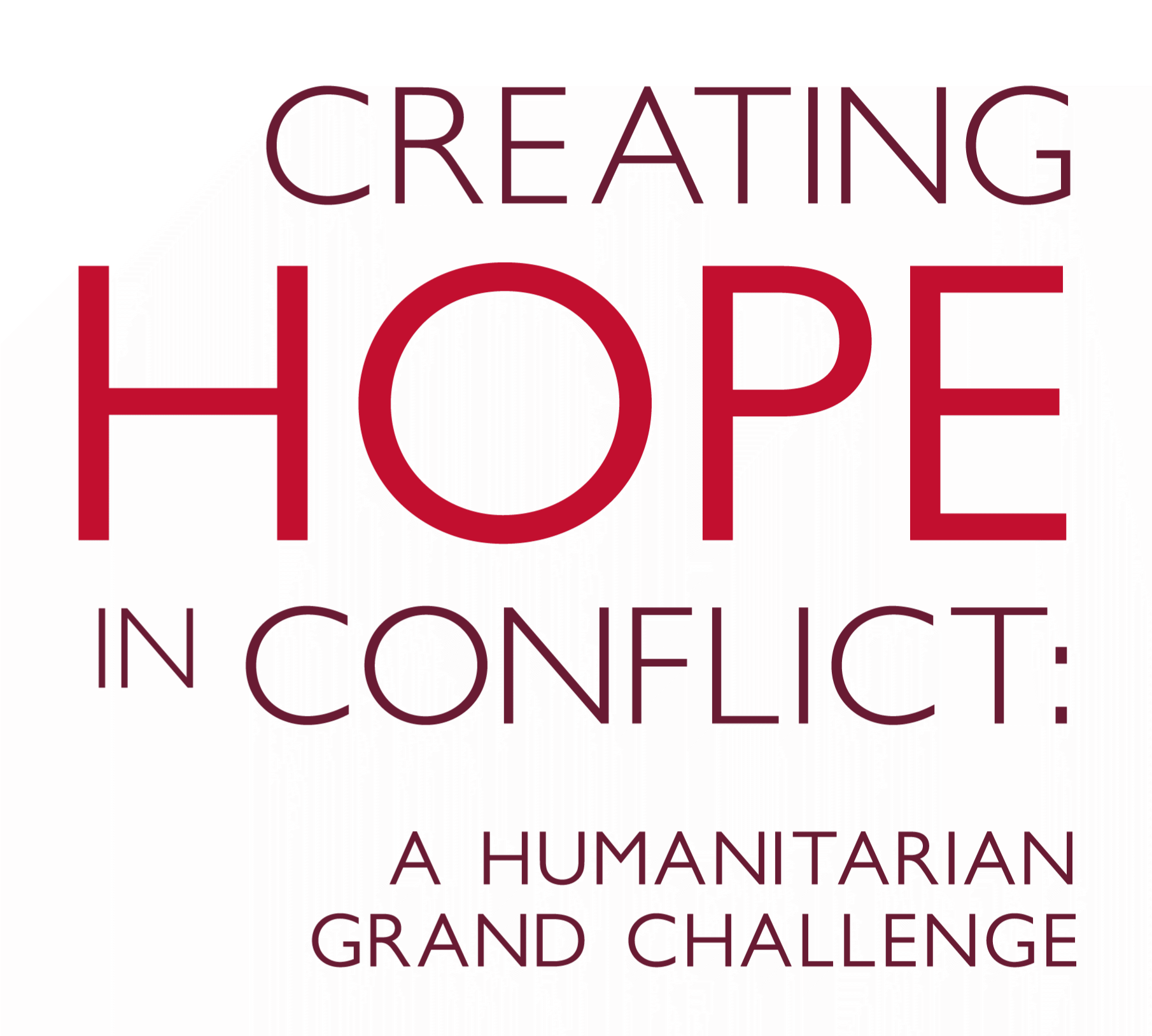August 19, 2023 marks 20 years since 22 UN relief agency staff lost their lives in Iraq 20 years ago. Since then, the international community has marked this day World Humanitarian Day to recognize the individuals who pour their lives and work into meeting the humanitarian needs of communities across the globe.
This World Humanitarian Day, we honour the leaders around the world who support in critical, life-saving response initiatives in humanitarian emergencies.
Read about a few of the innovators in our portfolio who are changing the nature of first response and community support in conflict settings through their projects:

First Responders: White Helmets
White Helmets rescue workers are a group of diverse Syrian volunteers from all walks of life who risk their lives to help Syrians in need. Self-organized volunteer groups during the onset of Syria’s civil war in 2012 eventually banded together to form White Helmets, pledging allegiance to the international humanitarian values and principles outlined in the Geneva Conventions. To date, their work has expanded from emergency response post-air strikes to include maintaining essential community infrastructure where public service is defunct, safely removing unexploded weapons, and educating community members for future attacks. 252 White Helmets volunteers have been killed in the field while responding to crises and community needs.
At the onset of the COVID-19 pandemic, Creating Hope in Conflict: A Humanitarian Grand Challenge committed funds to advancing pandemic responses in humanitarian settings. In Syria’s fragile setting, access to personal protective equipment (PPE) was limited, and the White Helmets became the first organization to manufacture PPE for COVID-19 response in Syria. The White Helmets took it upon themselves to locally manufacture 8 million masks, 150,000 face shields, and 50,000 gowns for use by healthcare workers.
“The White Helmets successfully manufactured personal protective equipment (PPE) in a very challenging context because they were locals who could skillfully identify community needs promptly and efficiently.”
Local Manufacturing in a Conflict Zone: Lessons from the White Helmets’ PPE Project
Medical innovation in conflict settings: PragmaVAC
One of the most effective treatments for wound care—Negative Pressure Wound Therapy (NPWT)—is not feasible in humanitarian settings. Pragmatic Innovation Inc. devised a solution to improve methods for efficient wound treatment and infection control that could be deployed at scale in contexts with resource scarcity.
NPWT uses a vacuum to apply negative pressure on a wound, drawing out fluids and infection and aiding the production of granulation tissue—a key indication that a wound is healing well. Standard NWPT devices cost between $3000 to $20,000 and require a consistent power supply. Each device only services one patient at a time, and typically must be used in hospital settings. Limi
To address these barriers, Pragmatic Innovation Inc. developed PragmaVAC, a low-cost, manually-powered vacuum pump. An air-tight dressing is placed over the wound and attached to a the manually operated suction pump and drainage tube, facilitating the efficient healing of acute and chronic wounds while preventing infection. PragmaVAC is a single-patient disposable device that does not require maintenance, servicing, or electrical supply, making it cost-effective and accessible in dire conditions. It reduces the burden on healthcare systems by requiring less time for wound dressing changes and fewer patient visits to healthcare facilities.
Seeing promise in their innovation, Creating Hope in Conflict: A Humanitarian Grand Challenge (CHIC) awarded Pragmatic a $250,000 CAD seed grant to finetune PragmaVAC and test its effectiveness in Syria and Palestine, where conflict-driven displacement, wounds, injuries, and related surgical trauma are commonplace. During the CHIC funding period, a total of 71 patients benefited from life-improving wound care, having their injuries effectively treated and closed with PragmaVAC.
Revolutionizing surgery in crises: Surgibox
SurgiBox rethinks safe surgery by shifting the focus of protection from full operating room infrastructures, down to the incision site itself. SurgiBox is a clear sterile drape that inflates with sterile air into an enclosure over the incision. Practically, SurgiBox has an antimicrobial incise drape at the bottom to cut through; it has ports for the entry of staff arms and materials; it holds a surgical tray inside; it fits in a backpack or suitcase as a ready-to-use kit for rapid deployment; and it can be rapidly set up without interrupting existing surgical workflows.
SurgiBox addresses three problems often encountered when delivering surgery in conflict zones and humanitarian crises. Firstly, patient safety, which carries high infection risks in non sterile facilities. Secondly, provider safety, where infection risks can be exacerbated by inadequate personal protective equipment, such as in the Ebola crisis. Thirdly, surgical capacity, where medical facilities are targets of attack, requiring medical teams to be nimble, and necessitating small footprint infrastructure and simple supply chains for equipment.
